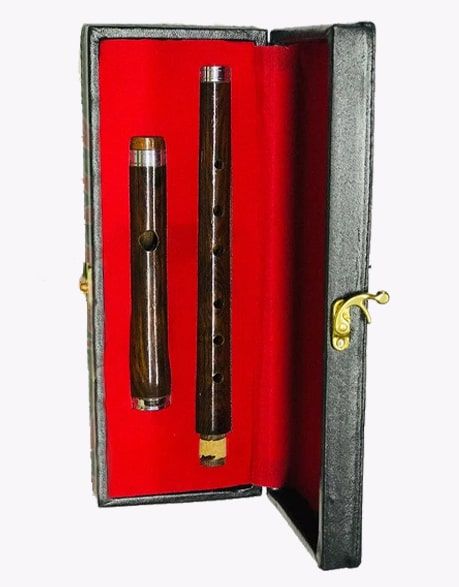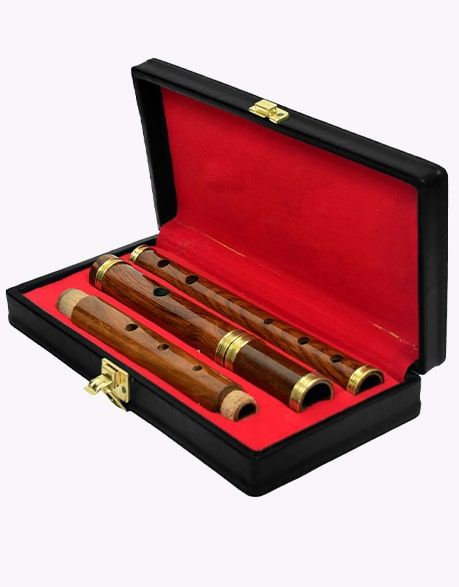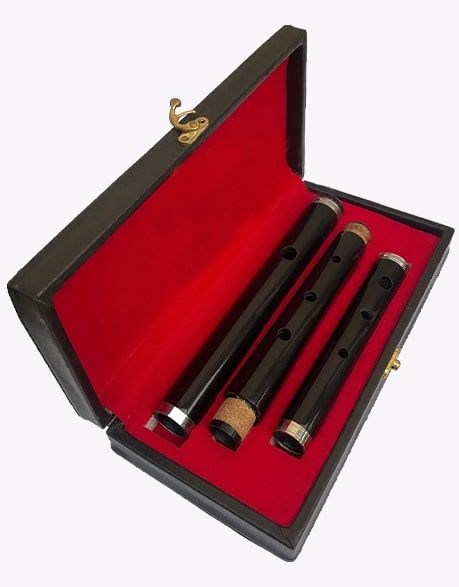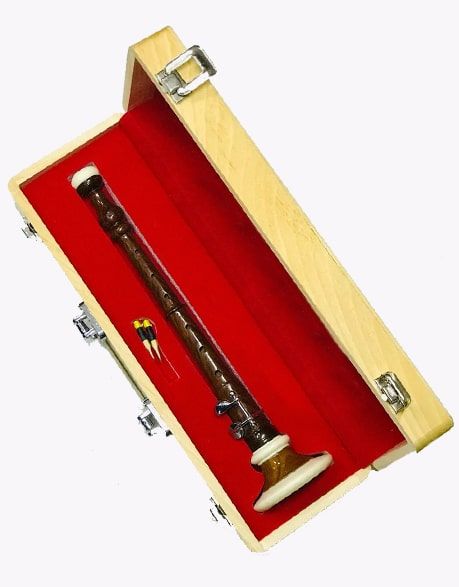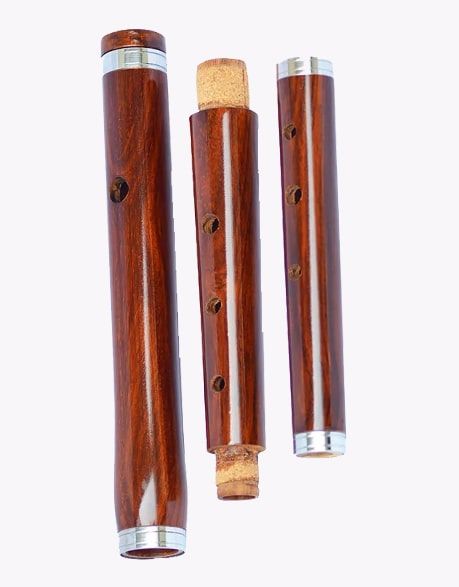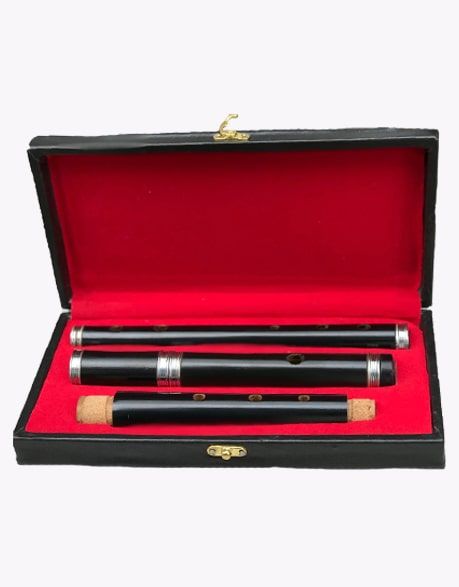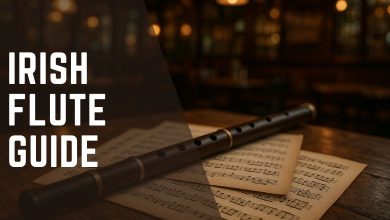Celtic Flute vs. Irish Flute: What’s the Difference?

A flute is a simple musical system, which is popular worldwide, but its worth is more prominent in Ireland and Scotland. Do you know the reason? Because of Celtic musical traditions, as they highly influenced Scottish and Irish music. According to some people, Celtic and Irish flutes are the same, but it is just a misconception. They have a few minor but significant differences setting them apart. In this guide, we will highlight their differences and help people to change their minds about Celtic and Irish flutes.
Table of Contents
ToggleKey Differences Between Celtic and Irish Flutes
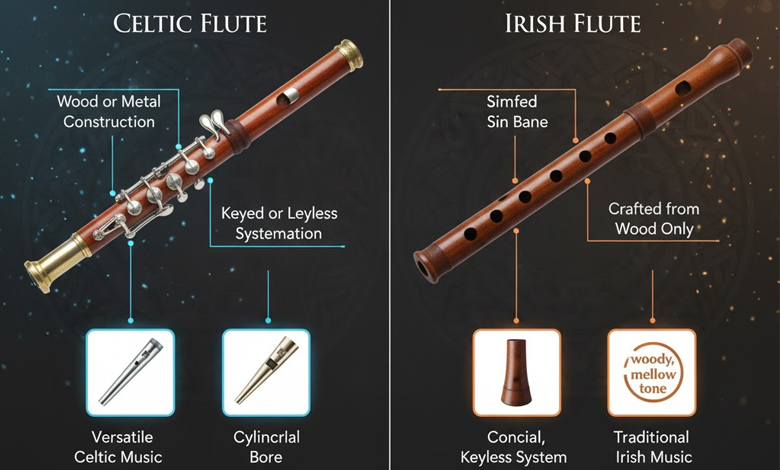
“Celtic flute vs. Irish flute” sounds like a simple topic from a distance, while the reality is something else. Before we start finding their differences, first let us clarify that Irish flutes refer to woodwind instruments, specific to Ireland only. Nevertheless, Celtic flutes are a broader term common in many countries where Celts left longlasting impressions. Step ahead to find more differences between them.
Name and Type
Celtic Flute: Different types of Celtic flutes are used, while the most common names among them are tin whistle, also called penny whistle, and wooden Celtic flutes. They usually come with 2 playing systems: Boehm-system flutes and simple-system.
Irish Flute: Irish flutes are the simple ones, and they have got the same name, “Irish flutes.” These flutes are keyless, while breathing and movement of fingers help to produce sounds.
Shape and Build
Celtic Flute: Regarding the shape and build of Celtic flutes, wood and metal are the primary materials to make them. The factor providing them a proper shape is the cylindrical bore, as it maintains a consistent diameter.
Irish Flute: Let’s talk about Irish flutes, as their construction takes place with wood only. Instead of cylindrical bore, this variation has a conical bore, meaning the holes are narrow and the instrument itself can be smaller in size.
Sound and Tone
Celtic Flute: Celtic flutes produce warm and beautiful tones. Therefore, the role of material and bore system is important. Wood produces a reasonable sound while metal-bodied flutes help in clearing the tones.
Irish Flute: Irish wooden flutes are popular for producing a warm, mellow, and breathy tone. This sound gets some popular names including “woody” or “reedy.” These flutes are favored for their expressive and emotive qualities in Irish traditional music.
How They’re Played
Celtic Flute: The playing technique may differ a little, as Celtic flutes generally have variations: keyed and keyless. So, musicians follow different techniques to play both kinds.
Irish Flute: Flutes specifically used in Ireland have only one system, which does not include keys. So, the playing technique is simple and involves controlled breathing and finger management.
Quick Comparison Table
| Features | Celtic Flutes | Irish Flutes |
| Definition | A broad term for traditional flutes used in Celtic regions | A specific type of simple-system wooden flute used in traditional Irish music |
| Common Names/Types | Tin whistle, penny whistle, wooden Celtic flute | Irish wooden flute |
| Playing System | Boehm-system or simple-system; may be keyed or keyless | Simple-system; usually keyless |
| Material | Made from wood or metal | Made from wood only |
| Bore Shape | Cylindrical bore with consistent diameter | Conical bore (tapered, narrower holes) |
| Sound/Tone | Warm tones with wood; brighter and clearer with metal flutes | Warm, mellow, “woody” or “reedy” tone; darker and more expressive |
| Playing Technique | Varies depending on whether flute is keyed or keyless | Relies on breath control and finger movement; no keys used |
| Geographic Use | Used across various Celtic regions (Scotland, Wales, Brittany, etc.) | Specifically used in Ireland |
Which Flute Is Easier for Beginners: Celtic or Irish?
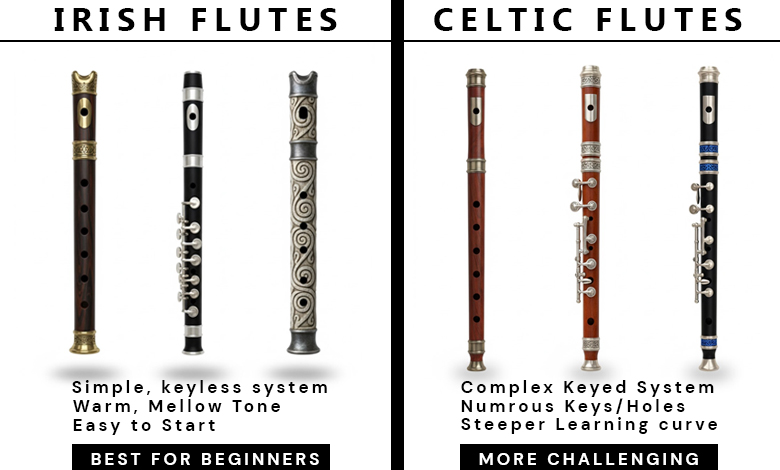
As the playing technique differs in both flutes, it is essential to understand that beginners should make a thoughtful decision when opting for the convenient one. Experts recommend Irish flutes for newbies, as they are keyless and managing the sounds is easier. At the same time, the broader Celtic flutes are hard for starters, as they do not have a fixed number of holes and the system they use is a bit tricky as well.
Similarly, the keyed system can be challenging for beginners to understand as well. As a result, those wishing to start their careers as musicians should start with wooden Irish flutes and should move to Celtic flutes when they have enough grip on Irish instruments.
Pros and Cons of Each Flute
No item in this world is free of pros and cons, whether it is the latest gadget or a traditional entity. Flutes also follow the same criteria, and both variants discussed here also have several advantages and disadvantages.
Pros and Cons of Celtic Flute
The Pros
- Celtic flutes produce unique sounds that serve as the hallmark of Celtic music only.
- They have beautiful aesthetics with the addition of decorative embellishments.
- Celtic flutes have a historical connection with a very ancient culture, and playing them offers the flair of tradition.
- Versatility is another plus point, which makes it suitable in different cultures, whether it is Scottish or Brittany culture.
The Cons
- The complicated keyed system can be difficult to tune.
- Their construction with wood and metal can lead to some weather sensitivities, which means they may need high maintenance levels.
- Beginners are not satisfied with them, as they are challenging to learn, and the process can be time-consuming.
- Price factor can be an issue as well, because they are also made with synthetic materials.
Pros and Cons of Irish Flute
Advantages of Irish Flutes
- The aesthetics of Irish flutes are exceptional, as they are simple and do not have intricate designs.
- The simple systems are usually easy to tune.
- As they have straightforward designs, it means they are easy to maintain.
- Irish flutes are good options for beginners to start learning.
Disadvantages of Irish Flutes
- Limited keys do not allow you to produce a number of sounds.
- The cross-fingering and half-holing can be problematic while playing them.
- It is not suitable for those who do not have good stamina in long breathing.
- Wooden products are not free of climate threats, so they also may require a significant level of maintenance.
Check Out Our Celtic Instruments Shop
Are you looking for an Irish flute as a beginner? Are you worried about buying a flute as you are inexperienced? Does the price factor worry you? Take a breath and keep the worries aside, as our team of experts is here to assist you in every situation. At The Utility Kilt, we sell everything that belongs to Scottish culture or attire; whether you need men’s kilts or the flutes. Surprisingly, all of our products are very budget-friendly compared to our counterparts working in online or physical markets. We have mentioned some best-selling flutes below for your convenience.
Frequently Asked Questions About Celtic vs. Irish Flutes
What makes a flute “Celtic”?
A “Celtic” flute typically refers to a simple-system wooden flute used in Irish and Scottish traditional music. Unlike modern Boehm flutes, it has few or no keys, a conical bore, and is prized for its warm, expressive tone.
Why are Irish flutes made of wood?
Some traditional woods like African wood or rosewood produce resonant sounds, which is identical to Irish music. Another factor increasing the use of wood, especially rosewood in Irish flutes today is its durability and longevity.
Can I use the same flute for Scottish and Irish music?
There is no prohibition to use the same product in the traditional music of both countries. So, yes, you can use it.
Is the tin whistle a Celtic flute?
A tin whistle is a variation of the fipple flute. However, its continuous use in Celtic or Irish music also makes it a member of the Celtic flute family.
